I have a few thousands of PDF files containing B&W images (1bit) from digitalized paper forms. I'm trying to OCR some fields, but sometime the writing is too faint:
I've just learned about morphological transforms. They are really cool!!! I feel like I'm abusing them (like I did with regular expressions when I learned Perl).
I'm only interested in the date, 07-06-2017:
im = cv2.blur(im, (5, 5))
plt.imshow(im, 'gray')
ret, thresh = cv2.threshold(im, 250, 255, 0)
plt.imshow(~thresh, 'gray')
People filling this form seems to have some disregard for the grid, so I tried to get rid of it. I'm able to isolate the horizontal line with this transform:
horizontal = cv2.morphologyEx(
~thresh,
cv2.MORPH_OPEN,
cv2.getStructuringElement(cv2.MORPH_RECT, (100, 1)),
)
plt.imshow(horizontal, 'gray')
I can get the vertical lines as well:
plt.imshow(horizontal ^ ~thresh, 'gray')
ret, thresh2 = cv2.threshold(roi, 127, 255, 0)
vertical = cv2.morphologyEx(
~thresh2,
cv2.MORPH_OPEN,
cv2.getStructuringElement(cv2.MORPH_RECT, (2, 15)),
iterations=2
)
vertical = cv2.morphologyEx(
~vertical,
cv2.MORPH_ERODE,
cv2.getStructuringElement(cv2.MORPH_RECT, (9, 9))
)
horizontal = cv2.morphologyEx(
~horizontal,
cv2.MORPH_ERODE,
cv2.getStructuringElement(cv2.MORPH_RECT, (7, 7))
)
plt.imshow(vertical & horizontal, 'gray')
Now I can get rid of the grid:
plt.imshow(horizontal & vertical & ~thresh, 'gray')
The best I got was this, but the 4 is still split into 2 pieces:
plt.imshow(cv2.morphologyEx(im2, cv2.MORPH_CLOSE,
cv2.getStructuringElement(cv2.MORPH_ELLIPSE, (5, 5))), 'gray')
Probably at this point it is better to use cv2.findContours and some heuristic in order to locate each digit, but I was wondering:
- should I give up and demand all documents to be rescanned in grayscale?
- are there better methods in order to isolate and locate the faint digits?
- do you know any morphological transform to join cases like the "4"?
[update]
Is rescanning the documents too demanding? If it is no great trouble I believe it is better to get higher quality inputs than training and trying to refine your model to withstand noisy and atypical data
A bit of context: I'm a nobody working at a public agency in Brazil. The price for ICR solutions start in the 6 digits so nobody believes a single guy can write an ICR solution in-house. I'm naive enough to believe I can prove them wrong. Those PDF documents were sitting at an FTP server (about 100K files) and were scanned just to get rid of the dead tree version. Probably I can get the original form and scan again myself but I would have to ask for some official support - since this is the public sector I would like to keep this project underground as much as I can. What I have now is an error rate of 50%, but if this approach is a dead end there is no point trying to improve it.








